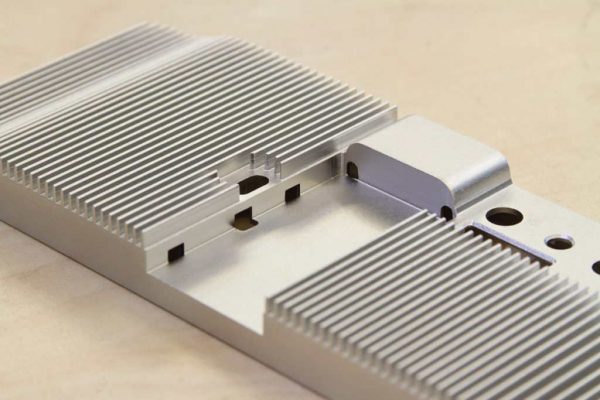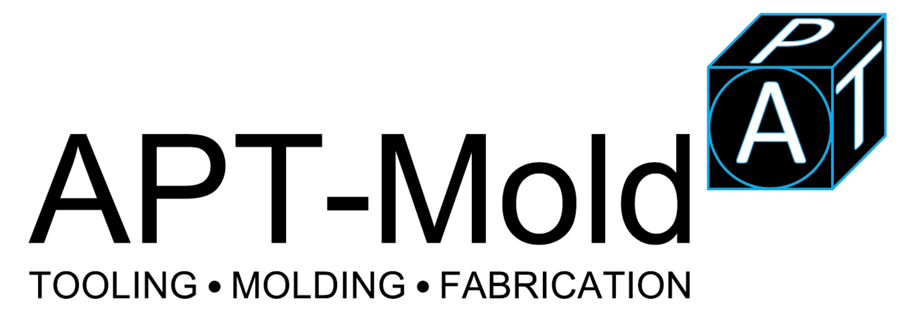A combination of rapid prototyping technique along with the conventional tooling procedure results in rapid tooling. It helps in producing molds more quickly.
The process is also used in preparing various parts of a functional CAD data model in a relatively less time and cost.
There’s two way that a rapid tooling (RT) system works: Either RT uses a rapid prototyping model as a distinct pattern, or it uses the rapid prototyping service while fabricating the tools for a limited number of prototypes.
No matter the size of the industry, every large and small ones, face a time when immediate tooling is required to fix some issues. Also, intermediate tooling system is required while producing a small quantity of functional prototypes to test the product development cycle. Such a small volume of products is generally used as a market sample, evaluation requirement, and also as a production process design. That’s why rapid tooling has become extremely crucial for the manufacturing industry.
There are various other advantages of a rapid tooling system including the following:
The tooling time is way too less than the conventional tools
The tooling cost is way too low than the conventional tools.
That’s why, small industry owners often prefer to use rapid tooling. It doesn’t require much investment but produce the same result within a short span of time.
However, one of the significant challenges faced by the rapid tooling system is its lifespan. The tool life is poor than the conventional ones and its tolerance too us quite low than the conventional ones. The reason is understandable though. The traditional big tools are made with complex machinery and has the capability to accomplish multiple tasks. But the rapid tooling system is generally used for small purposes or as intermediary tools. That’s why they are not as extensive as the conventional ones. Nevertheless, the tools are ideal for some quick fix issues.

rapid tooling products, *picture from hlhprototypes.com
Here, take a look at the key benefits of rapid tooling:
- This is the procedure of developing core and cavity inserts as a manufacturing product of rapid prototyping technology. It has multiple benefits as follow:
- The product is launched into the market within the turnaround time. That’s why if you have any client requirement of manufacturing and casting mold, you can easily do it with rapid tooling. It will not only help you to meet the deadline but also evoke a positive company reputation.
- For any scientific research, functional tools or prototypes need to be launched. These are not launched in a mass volume for the consumers but in a small amount for the researchers. Rapid tooling is extremely beneficial for these as they will allow you to launch the products in a short and quick time.
- Also, since the manufacturing cost is low, people can get the products at a low prices compared to the prices of the mass produced ones with conventional tools. That’s why several new start up or even big companies prefer to use this tool to expand their revenue and achieve a competitive edge over the fellow companies in the market.
- It also facilitates the production of numerous products in a greater range of materials.
- It reduces the time and price of product manufacturing.
- Rapid tooling is ideal for specific small volume requirement including prototyping.
- I can also be used for troubleshooting or debugging existing technical glitches.
- Rapid tooling can be used to create molds for various commercial operations as the time lag is really short from starting to finishing. That’s why various companies seek to use it these days.
- Rapid tooling opens the scope of personal modification and customization for individual purposes. This gives a much awaited break from the tiresome trial and error process. The system includes putting the design via a CAD program where a personal customized molds can be produced to fix the issues.
- The employed staff determines the kind of rapid tooling materials to be produced. This depends on the demand of the client and availability in the market. That’s why, its production is very specific and there’s less chance of a wastage.
- The staff are quite efficient in dealing with rapid tooling requirements. They easily comprehend and analyse the requirement of the client and deliver the end results accordingly. They ensure total customer satisfaction.
- Moreover, alternative processes require extensive resources and time, most often unavailable to the start up or struggling companies. Even the large companies too don’t seek to squander their resources when such an easy way is available by hand. Ultimately, it helps to boost the business and grow revenue by cutting short the production time and cost.
Benefits are almost never ending once it comes to rapid tooling. All it takes is a little step to avail such a service and get astonishing results.
